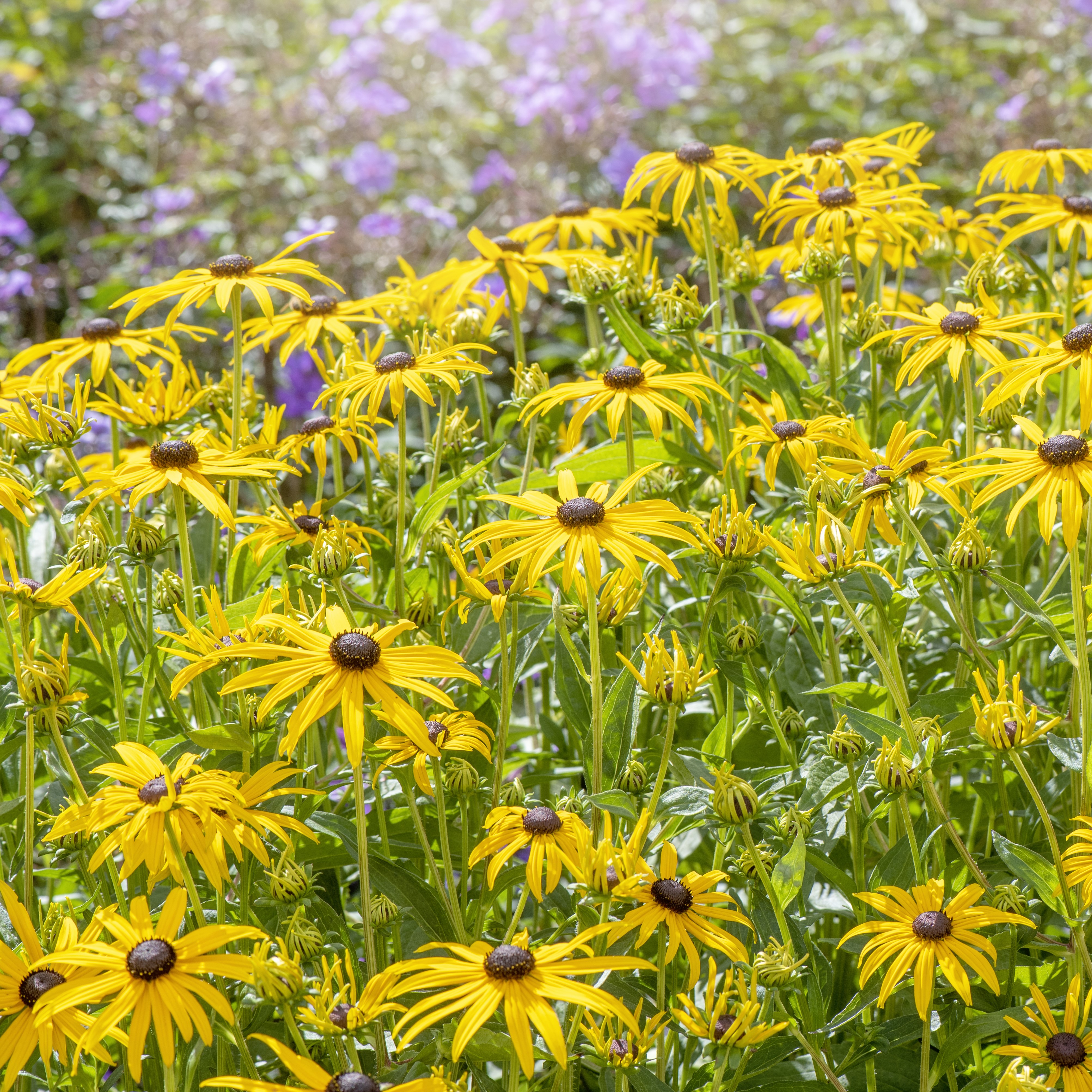Ditch plants are the invincible perennials that every gardener can grow – for drought-tolerant and flood-resistant planting
In times of extreme weather, with scorching summers and wet winters, resilient ditch plants can be relied upon
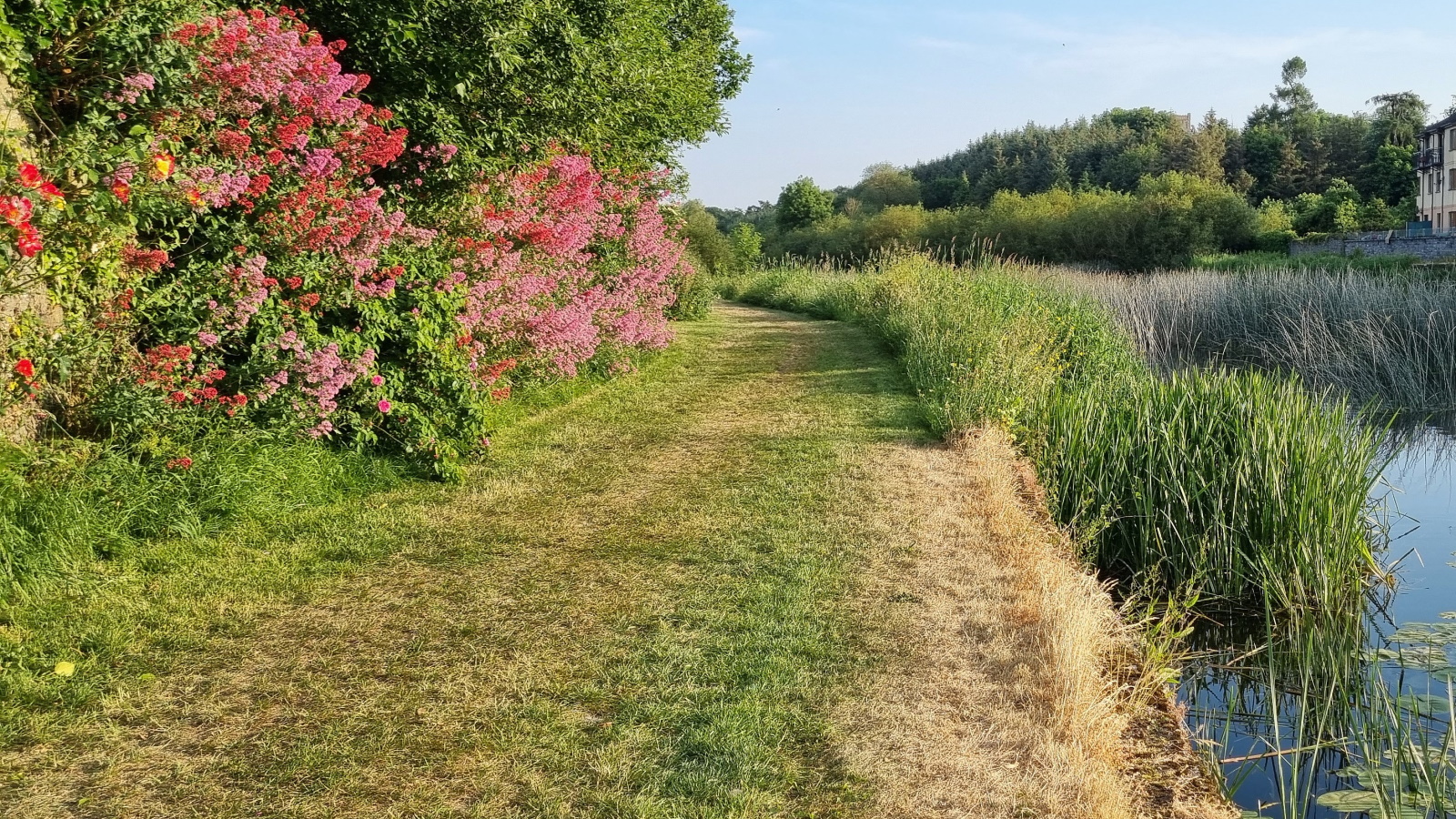

Wild and unpredictable weather is hard to contend with as a gardener. This year has seen flooding followed by searing sun and high temperatures, often within a matter of weeks. Across the US, extreme weather patterns seem to occur all too often, with states like Iowa and South Dakota experiencing dangerous and deadly flooding, while New Mexico and California battle heatwaves and wildfires.
For plants, adapting to such weather fluctuations is undeniably a challenge, and in many regions, prolonged periods of rain can be followed by months of drought. While plants can tolerate much change in the weather, even for the most resilient plants, this can be a tough ask.
Working as a gardener myself, I have had to contend with unpredictable weather for much of my professional career. Fortunately, many types of perennials, typically referred to as ditch plants, exhibit an incredible amount of resilience, growing happily in any place and any weather. Ditch plants are versatile and hardy, so named for growing in tough terrains, along the roadside, on grass verges and in ditches. So, if you are looking for drought-tolerant planting ideas and flood-resistant plants, these invincible perennials can help to future-proof your yard.
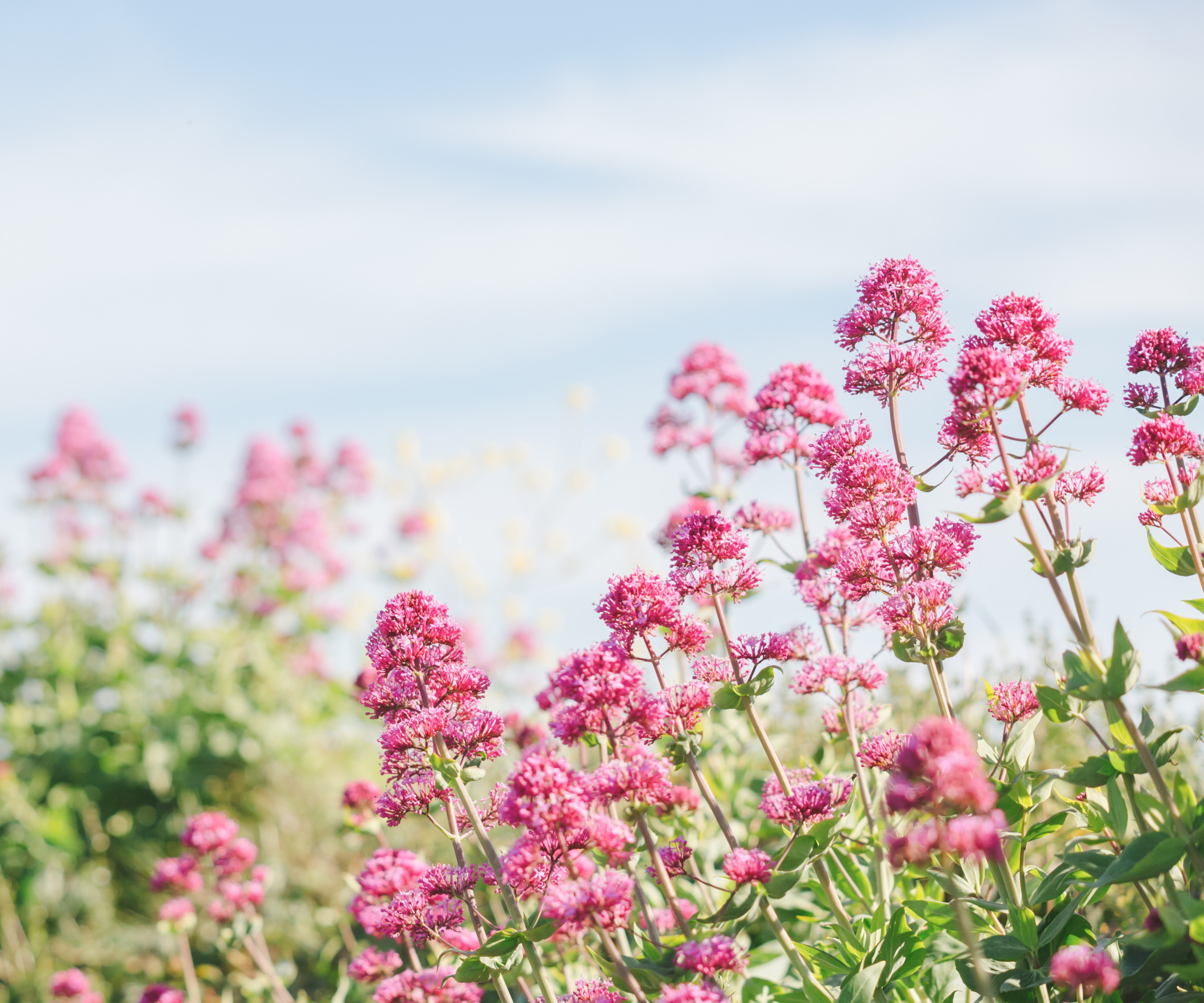
What are ditch plants?
Ditch plants are those that can thrive in challenging circumstances. Surviving icy winters and long, dry summers, ditch plants can be relied upon to keep growing and blooming despite an uncertain and fluctuating climate.
As a gardener, I have found that the most resilient planting is that which produces deep root networks. This is an evolutionary adaption that allows the plant to access reserves of water far below surface level. In times of drought, access to water deep underground is crucial for plant survival.
Importantly, native plants with deep roots will be able to go without rain for far longer than many short-rooted annuals or perennials. At a time when resource management and water conservation are both a concern, incorporating native perennials that can thrive without watering or fertilizing is important.
While we might want to grow exciting or unusual plants, it is often a good idea to seek plant inspiration closer to home. For plants that are hardy, tolerant, and thrive in your region, do some research in the local area. It might not be glamorous, but those plants that thrive on roadside verges or near train tracks are resilient and low-maintenance, and will typically have deep roots and be able to survive any climatic challenges.
Shop starter plants
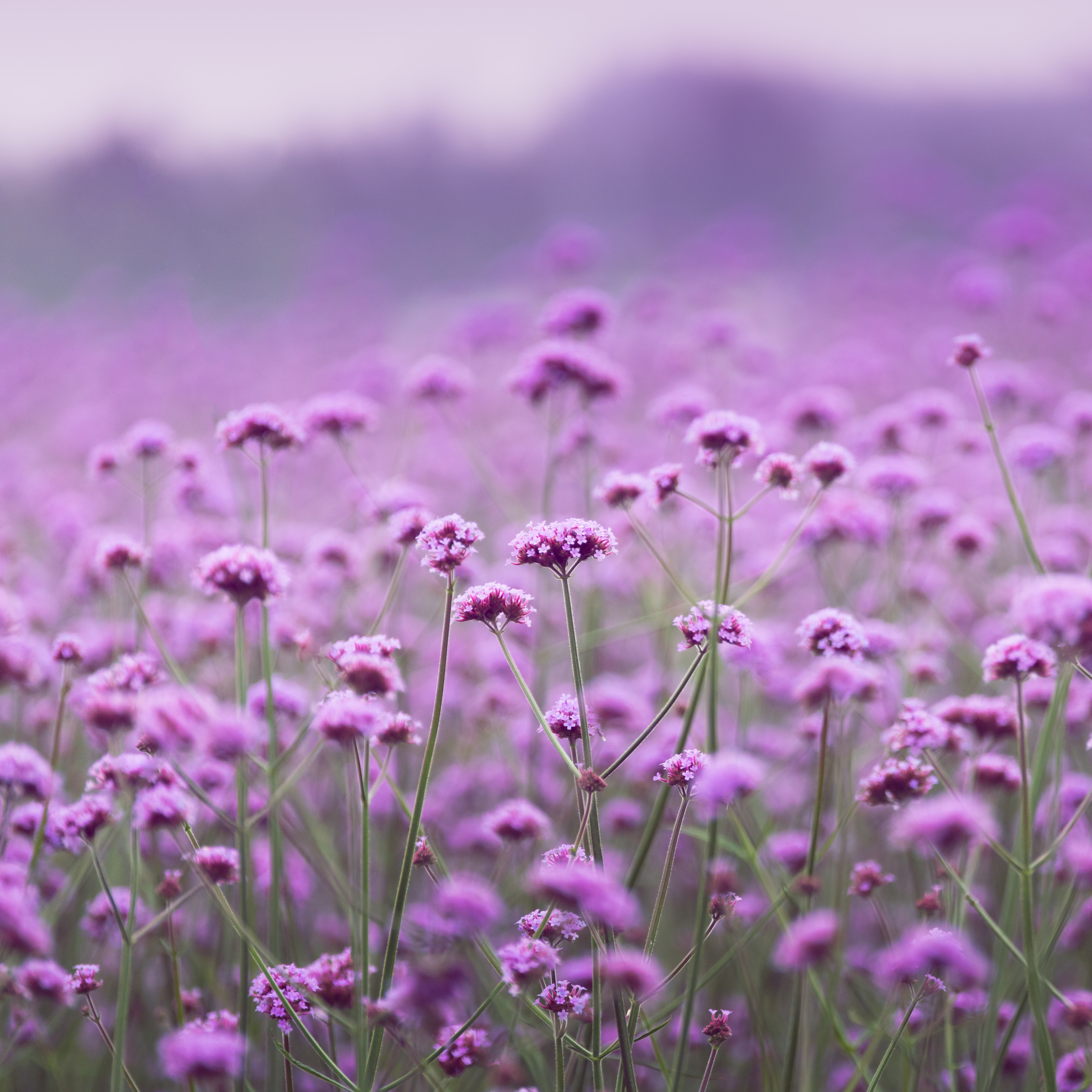
Verbena Bonariensis is hard to beat. This attractive perennial can handle the heat and cold winters. What's more, pollinators love this plant.
Ditch planting ideas

'Native ornamental grasses are hardy and versatile, and are a great addition to any garden,' says Maya Argaman, native plant expert and Horticulture Senior Program Coordinator at the California Native Plant Society.
'Grasses have a high wildlife value and are also resilient, tolerating a variety of soil types and sun exposures,' Maya adds. Consider incorporating some California native planting in your yard, such as panicum grasses that can tolerate high heat. Muhlenbergia is another native grass that can also tolerate extreme weather patterns.
One undeniably invincible plant is valerian, Centranthus ruber, seen growing happily along train tracks near where I live in London. The white flowering Centranthus ruber 'Alba' is one variety I grew when working in a garden in southern Tuscany, and regardless of the weather, this plant will keep coming back. Native to the Mediterranean region, if ever a plant deserved the 'ditch plant' label, it would be valerian.
For more inspiration, I would recommend considering prairie planting, meaning any planting that thrives in the grasslands of the American Midwest. Learning how to grow verbena, for example, is a good idea if you are seeking a low-maintenance and resilient plant from the prairies.
'The native Verbena hastata, or blue vervain is a hardy and resilient perennial,' says Ali McEnhill, plant expert and owner of the Old Dairy Nursery in the Hudson Valley.
'With attractive purple-blue flowers, this North American native is a versatile plant that can survive freezing winters even in the far north,' Ali adds. Blue vervain can be grown in 'damp, moist meadows or in sunny, dry fields,' making it an ideal choice for regions experiencing extreme weather fluctuations.

Maya is the Horticulture Senior Program Coordinator at the California Native Plant Society. She graduated from UC Davis with a degree in Environmental Science and Management, where she fell in love with native plants in both the natural and built environment.
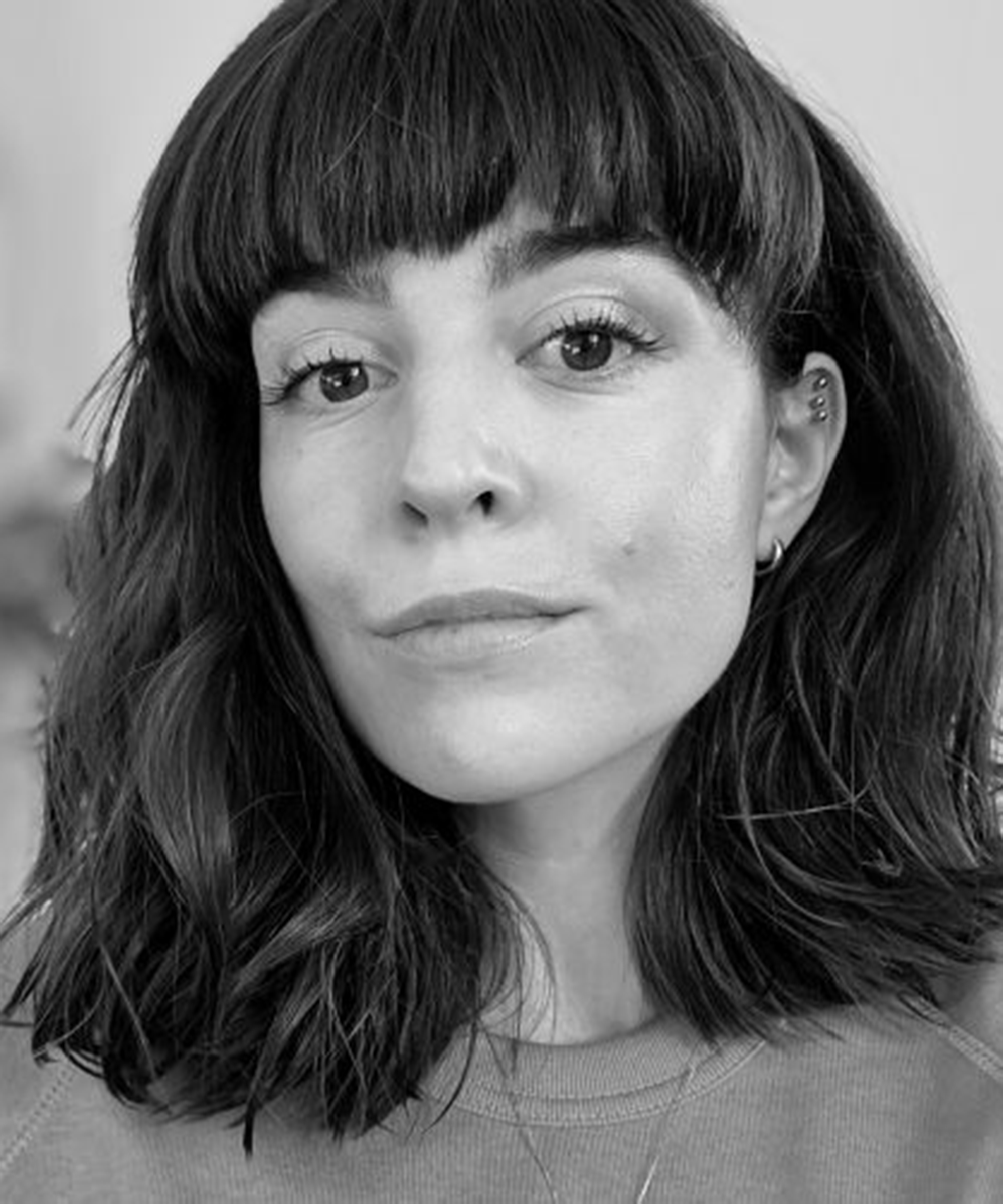
Ali is a self confessed plant geek, gardener, and propagator, owning and operating a plant nursery on an old dairy farm in New York's beautiful Hudson Valley. Ali focuses on growing hardy perennials, trees, and shrubs that thrive outdoors in the cold climate.
FAQs
What is a colorful, vibrant ditch plant to grow?
Daylilies have striking flowers that bloom in a range of colors. Native to Asia, daylilies are brilliant bloomers, if a little vigorous. While each flower will only open for a single day, each plant will produce a mass of blooms across the summer. Daylilies, or Hemerocallis, can tolerate almost any soil conditions and weather conditions. Be warned, however, they tend to become invasive if not kept in check.
Using planting that can tolerate fluctuating weather patterns is sensible, and will help you to keep your garden looking good whatever the conditions. For more garden design ideas, see our guide on what is a rain garden, helping to create an attractive flood-resistant space in your yard.
Sign up to the Homes & Gardens newsletter
Design expertise in your inbox – from inspiring decorating ideas and beautiful celebrity homes to practical gardening advice and shopping round-ups.

Thomas is a Content Editor within the Gardens Team at Homes and Gardens. He has worked as a professional gardener for both public spaces and private estates, specializing in productive gardening, growing food and flowers. Trained in Horticulture at the Garden Museum, he has written on gardening and garden history for various publications, including The English Garden, Gardens Illustrated, Hortus, The London Gardener and Bloom. He has co-authored a Lonely Planet travel book, The Tree Atlas, due out in 2024.
-
 Jeremiah Brent's new NYC-inspired rug collection has got to be the easiest way to bring his modern Manhattan style into your own home
Jeremiah Brent's new NYC-inspired rug collection has got to be the easiest way to bring his modern Manhattan style into your own homeJeremiah Brent has teamed up with Loloi Rugs to create a contemporary collection of home furnishings inspired by his city
By Eleanor Richardson
-
 I tried this one easy dishwasher trick and made the annoying need for manual drying a thing of the past
I tried this one easy dishwasher trick and made the annoying need for manual drying a thing of the pastIf you hate those little pools of water left on your cups and crockery, this towel trick is for you
By Punteha van Terheyden
-
 How to grow Virginia creeper – it may divide opinion, but this fast-growing, shade-tolerant vine will cover walls and fences in record time
How to grow Virginia creeper – it may divide opinion, but this fast-growing, shade-tolerant vine will cover walls and fences in record timeIf you are looking for spectacular fall color, Virginia creeper is the climbing plant to grow
By Thomas Rutter
-
 Best plants for a chicken run – 7 fragrant and floral plants for happy hens and beautiful coops
Best plants for a chicken run – 7 fragrant and floral plants for happy hens and beautiful coopsYour chicken run can be every bit as beautiful as your own garden, so long as you do your research first
By Kayleigh Dray
-
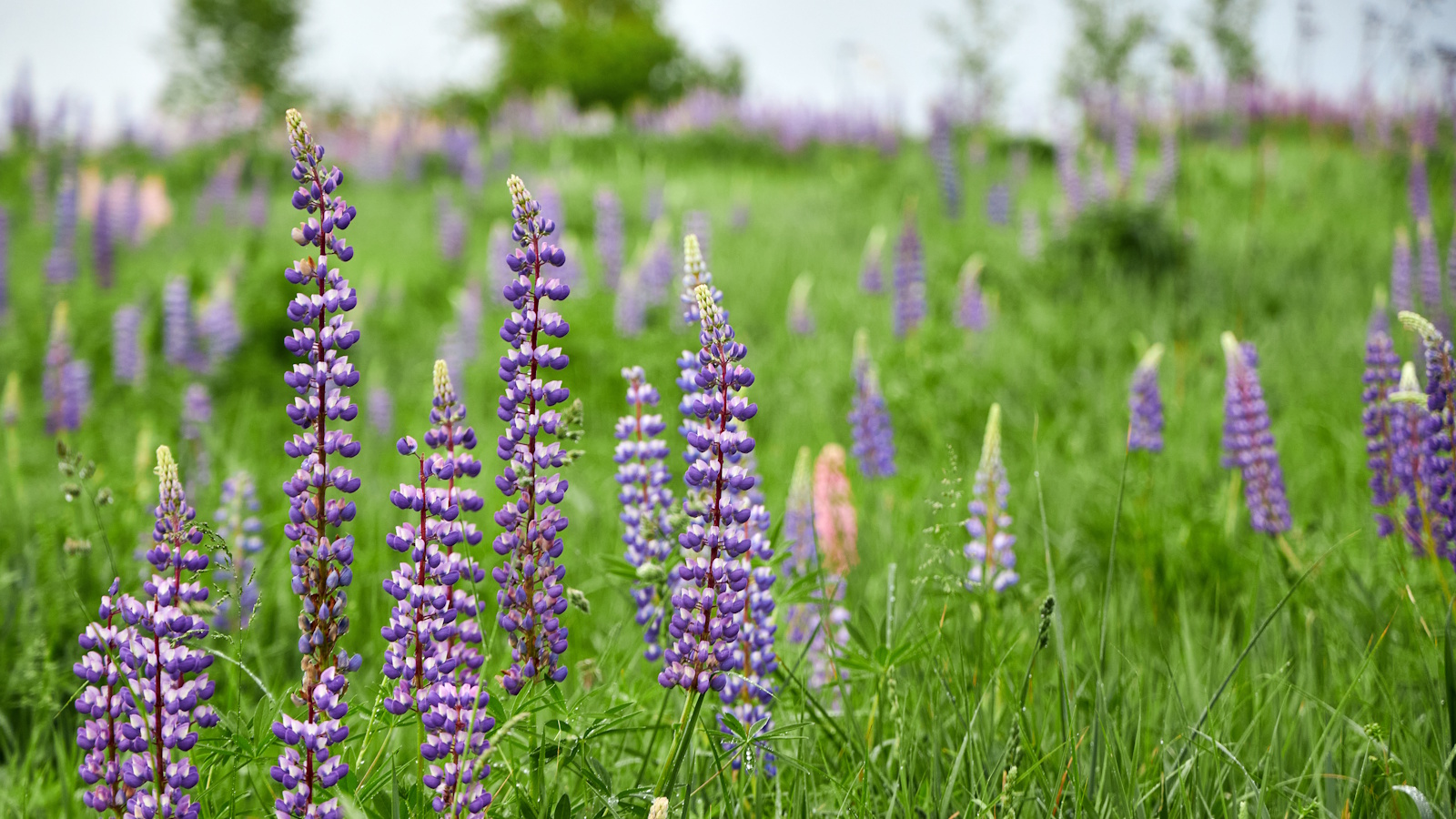 How to grow lupine – expert advice on growing this dramatic and vibrant cottage garden flower
How to grow lupine – expert advice on growing this dramatic and vibrant cottage garden flowerVibrantly colored flower stalks make swathes of lupines a sight to see in meadows and cut flower gardens alike
By Ellen Wells
-
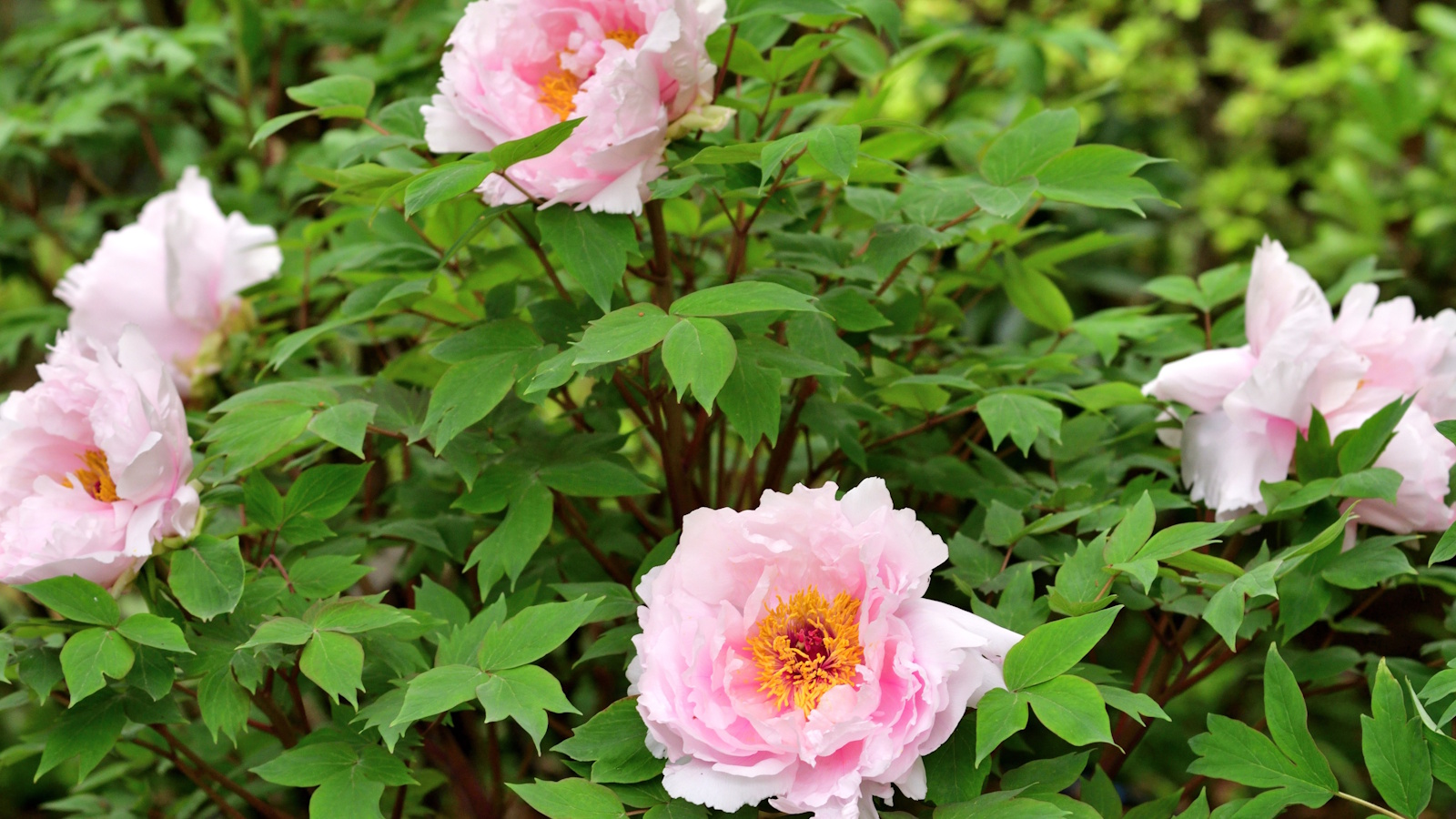 How to grow tree peonies in pots – for a show-stopping shrub that will thrive in partially shaded yards
How to grow tree peonies in pots – for a show-stopping shrub that will thrive in partially shaded yardsWith large, saucer-like blooms, tree peonies are the ultimate flowering shrub
By Thomas Rutter
-
 Can you revive woody rosemary plants? Expert pruning advice from a professional gardener to save old, leggy herbs
Can you revive woody rosemary plants? Expert pruning advice from a professional gardener to save old, leggy herbsWith the right pruning approach, old and woody rosemary plants can be brought back to life
By Thomas Rutter
-
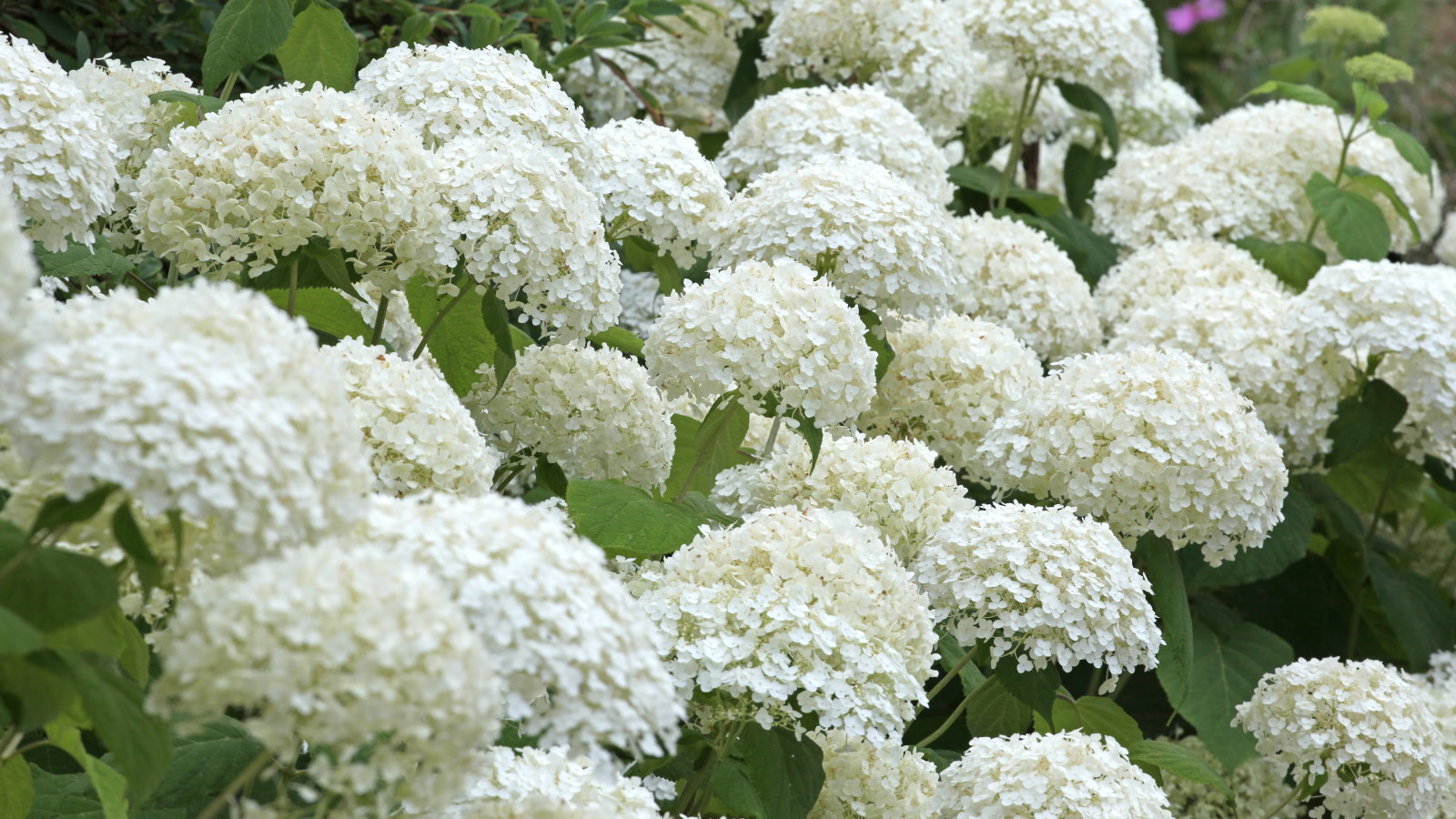 Your hydrangeas will flourish with bigger blooms and healthier growth thanks to this 1 natural material that is easy to use
Your hydrangeas will flourish with bigger blooms and healthier growth thanks to this 1 natural material that is easy to useDiscover why you should be using leaf mold to mulch hydrangeas
By Drew Swainston
-
 5 fast-growing tiny flowers – expert recommendations to fill your pots and borders with color in record time
5 fast-growing tiny flowers – expert recommendations to fill your pots and borders with color in record timeThese fast-growing tiny flowers prove that miniature can also be marvelous
By Thomas Rutter
-
 How to grow sassafras – for a low-maintenance native tree that can even be planted in shady yards
How to grow sassafras – for a low-maintenance native tree that can even be planted in shady yardsFor an easy-to-grow North American tree, you will not find much better than sassafras
By Thomas Rutter
